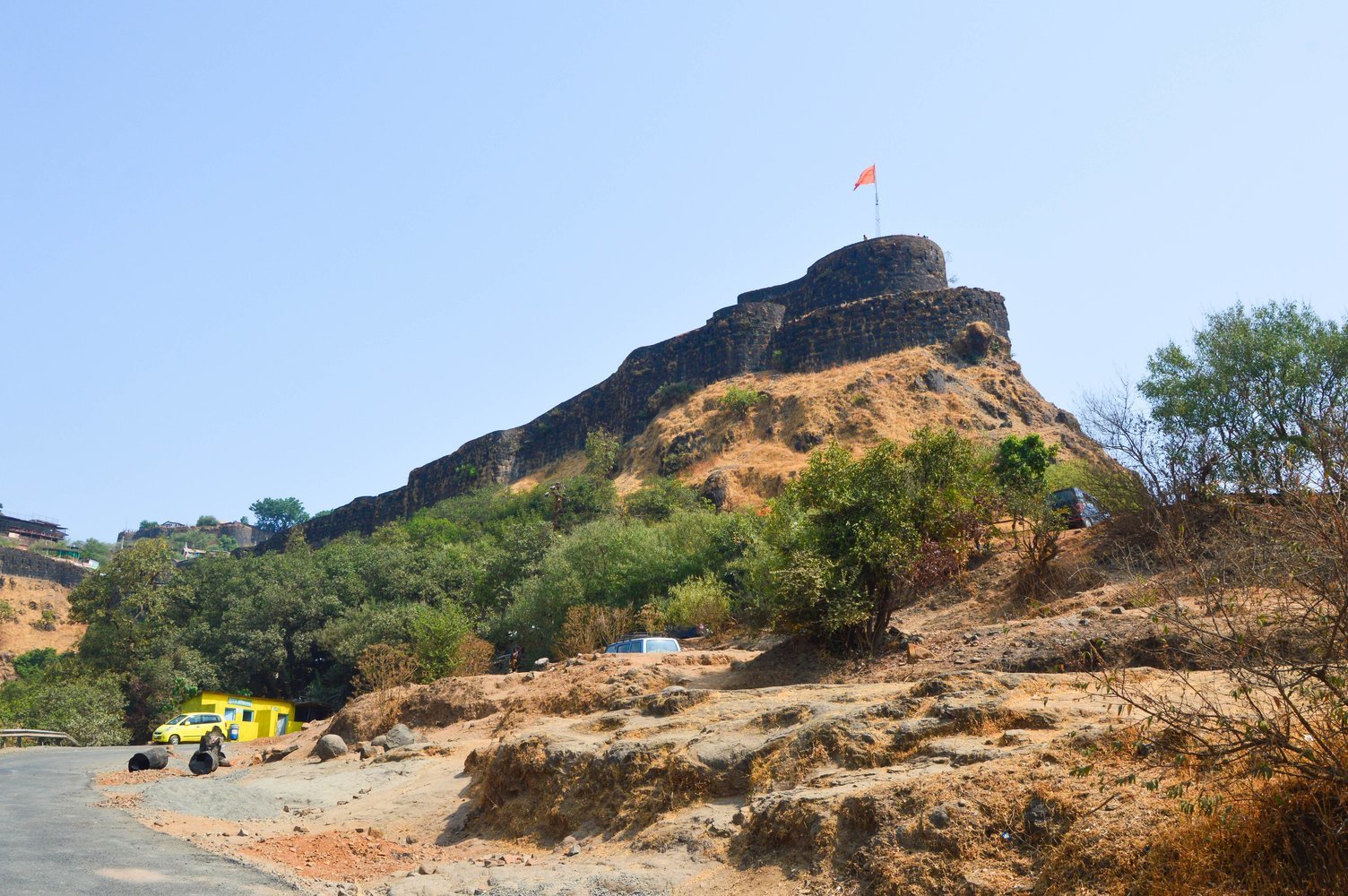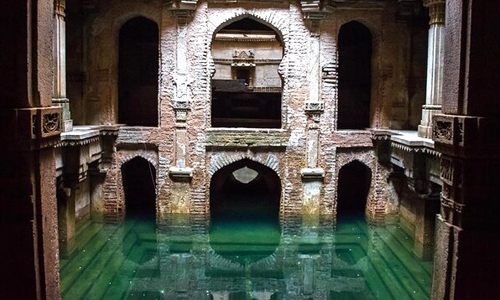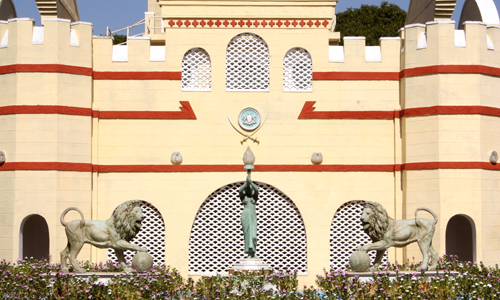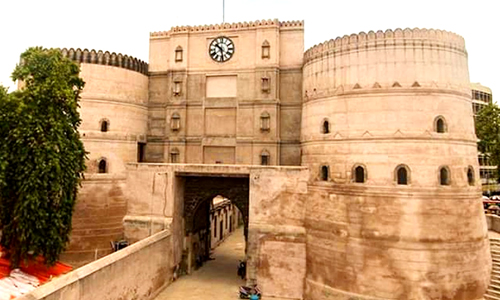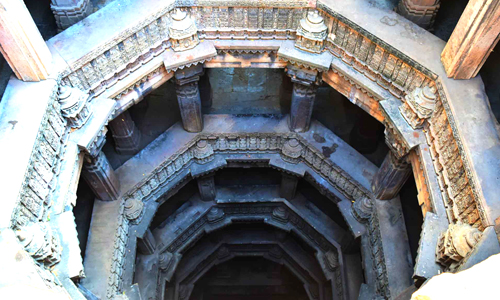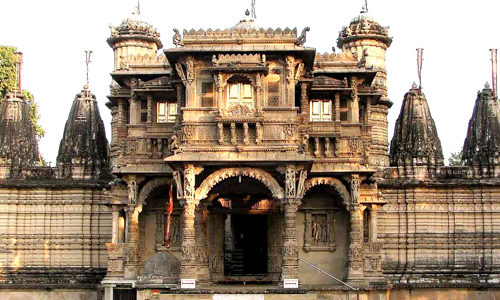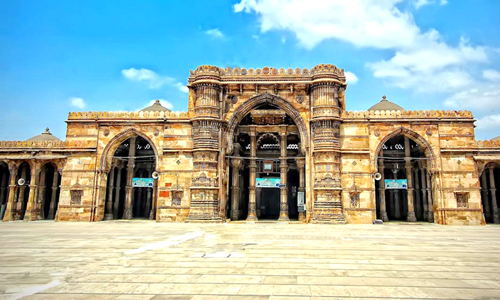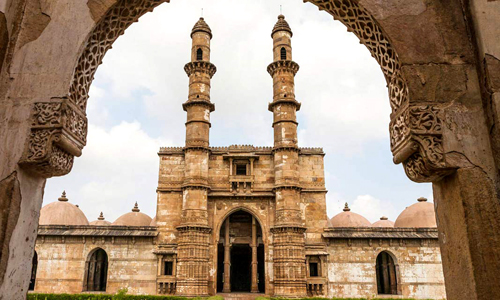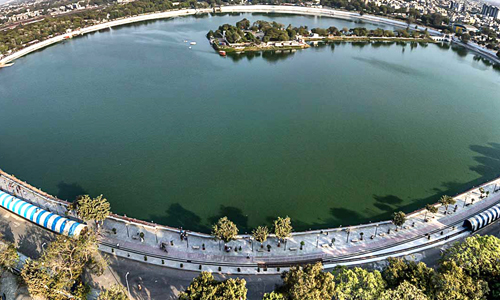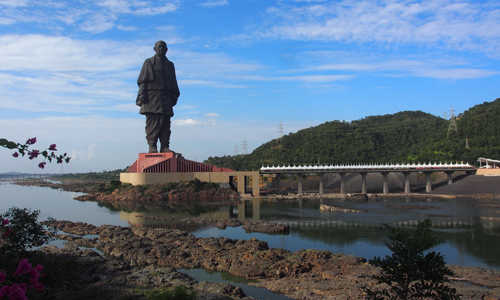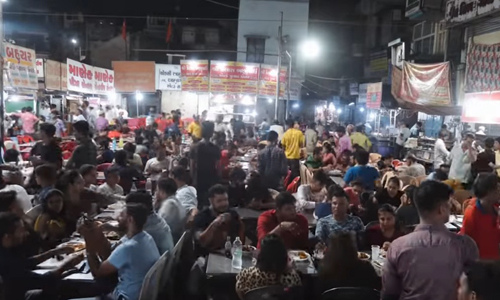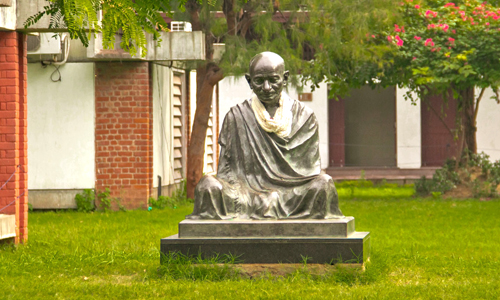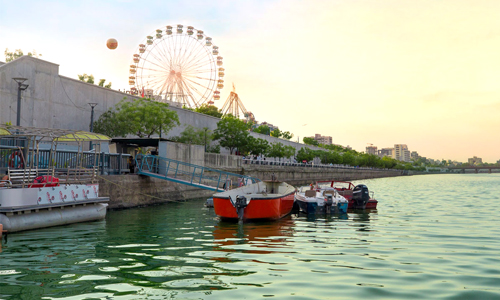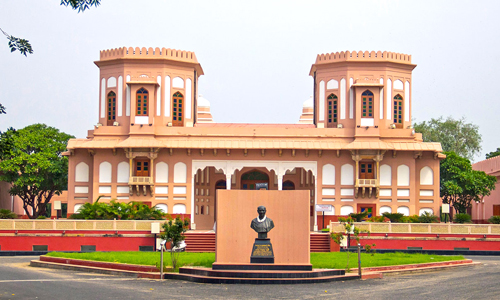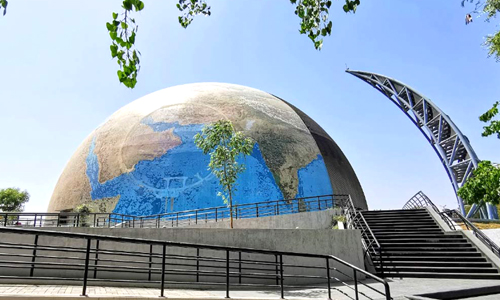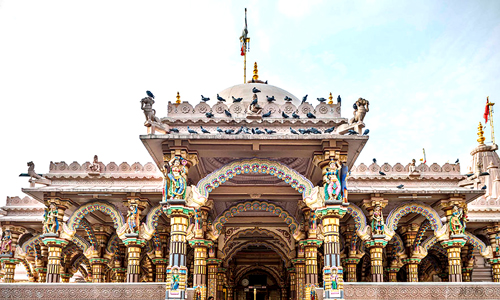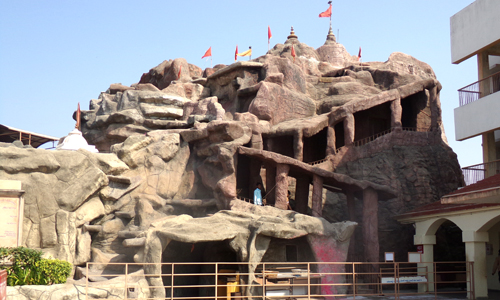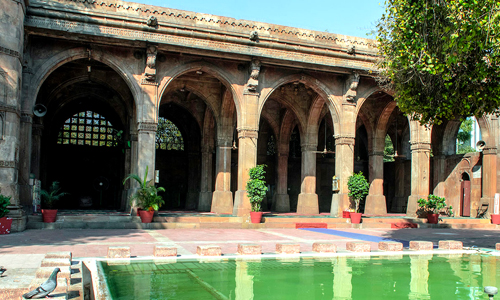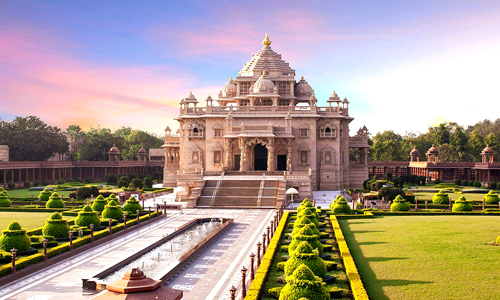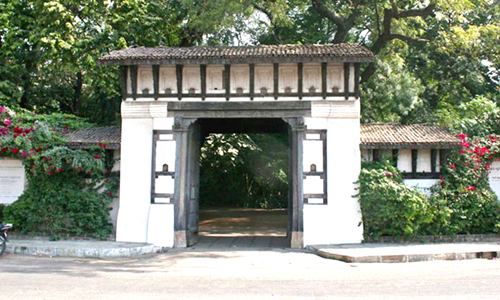When you visit the city, you can't miss the Sarkhej Roza, famous for its long past and respect. There are a few Rozas in the state, but this is the biggest. One of Ahmedabad's must-see spots shows the holiness and peace that most Islamic holy places of worship have. It is a place worth exploring among the places to visit in Ahmedabad.
Seven kilometres southwest of Ahmedabad is a sacred spot with a mosque, mausoleums, palace, tank, and pavilions. It is one of the most impressive buildings in the area. The famous Swiss-French builder Le Corbusier said that Sarkhej Roza was like the Acropolis in Athens when he visited it.
What is the history of Sarkhej Roza?
The person's name is Shaikh Ahmed Khattu Ahmed Shah I. He ruled the Gujarat Sultanate from 1411 until he died in 1442. Ganj Bakhsh was his friend and advisor. In his last few years, Bakhsh moved to Sarkhej and died there in 1445.
Ahmed Shah I's son, Muhammad Shah II, built a tomb for Sheikh Bakhsh, completed in 1451. Mahmud Begada, the next sultan, added to the complex by making the Sarkhej Lake around the tomb. He told them to build a grave for himself and his family right next to Ganj Baksh. His son Muzaffar Shah II and his queen Rajbai are buried there.
What is the meaning of Sarkhej?
Sarkhej is an area in the city of Ahmedabad in the suburbs. The Sarkhej Roza, an architectural complex 8 km south of the city centre, is what it's most famous for.
Architecture
Visiting through the main gate, people can find the Bardari in the middle of the open area. The sixteen beams holding up the nine domes support the beautiful building. It was damaged in the 2001 earthquake, but the Archaeological Survey of India fixed it.
The Sarkhej Roza is a beautiful landmark and one of the best examples of the Indo-Saracenic building style. The tombs of Saint Ahmed Khattu Ganj Baksh, King Mohammad Shah Begada, and his queen are on this hill. It is also famous as the Acropolis of Ahmedabad.
What is Sarkhej Roza famous for?
Sarkhej Roza is an example of early Islamic buildings in the area. It mixed Islamic styles from Persia with Hindu and Jain elements from India to create an Islamic and Saracenic style—a must-include destination during the Ahmedabad tour package.


